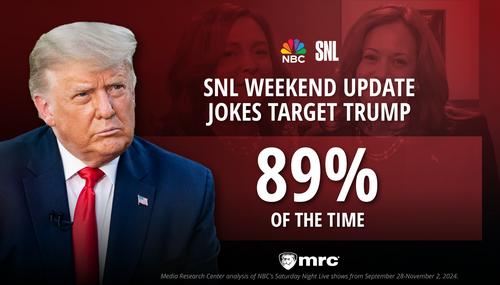In the classic movie "The Great Escape," a cluster of Hollywood manly men from yesteryear (including my friend Steve McQueen) played Allied POWs who escape from a German camp during World War II.
Today the great escape may be played out by more than 33,000 incarcerated inmates in California who don't escape the state's 33 prisons but are released by a computer error and the U.S. Supreme Court itself.
Many today say prisoners have too many rights and too many creature comforts while doing time and paying the penalties for their crimes. But the Supreme Court recently upheld the ruling of a district court panel that California prisons are sub-par environments for inmates. A 5-4 majority demanded that Golden State officials grant 33,000 of its 143,335 prisoners golden tickets to freedom because severe overcrowding has led to inadequate medical care.
Justice Anthony M. Kennedy wrote for the majority. "This extensive and ongoing constitutional violation requires a remedy, and a remedy will not be achieved without a reduction in overcrowding," he said.
Really? No remedy is possible without letting prisoners go free? No solution is possible without essentially expunging incarcerated criminals' crimes and penalties and releasing them into society?
It must be great to be an inmate in California, because the U.S. Supreme Court will not only fight for your medical welfare but also essentially pardon you from your crimes!
On the flip side, the court's four conservative justices were concerned that forcing the state to release 33,000 inmates could endanger the public.
You think?
Justice Samuel Alito was correct when he warned that the mass release of inmates would be "gambling with the safety of the people of California. ... I fear that today's decision, like prior prisoner release orders, will lead to a grim roster of victims. I hope that I am wrong. In a few years, we will see." Alito added, "The prisoner release ordered in this case is unprecedented, improvident, and contrary" to federal law.
The fact is that though five U.S. justices fight for the constitutional rights of California inmates, they abandon states' and their own governmental responsibilities, as outlined in the Constitution and the Declaration of Independence, to protect the lives, liberty and property of U.S. citizens.
Does the high court really believe that California officials can discern 33,000 nonviolent non-repeat offenders? And should we assume that California's liberal judicial system and sanctuary cities won't further coddle these criminals?
Ironically — or, should I say, tragically — just two days after the court's edict to release 33,000 California inmates, the Los Angeles Times reported that a computer glitch had prompted California prison officials to mistakenly release about 450 inmates with "a high risk for violence." To add insult to injury, more than 1,000 additional prisoners who possess a high risk of committing drug crimes, property crimes and other offenses were released. No efforts have been made to return any of these criminals behind bars.
While overcrowding and fiscal shortfalls prompt state lawmakers across the country to compromise harsher laws for criminals, I believe that only strictly enforcing law and order will promote deterrence and reduce crimes (and hence incarceration numbers). America's prisons, like our borders, need more reinforcement, not more laxity — a fact that leads me to pose a possible better solution than the Supreme Court's allowance of inmates being released back into California cities.
Could it be merely coincidental that over the past two decades of California's liberal approach to border control, the state's prison population and economic status have gone down the tubes?
Here are a few statistics that should be entered into this debate:
In 2005, Heather Mac Donald, a senior fellow at the Manhattan Institute, testified before the House Judiciary Subcommittee on Crime, Terrorism, and Homeland Security that nearly 25 percent of inmates in California detention centers are Mexican nationals here illegally. If that's true, that number alone exceeds 30,000 illegals in California's prison system.
Moreover, a 2004 report from the Federation for American Immigration Reform concluded that the education, health care and incarceration of illegal aliens cost Californians $10.5 billion per year. That's $1,183 annually for every household.
And who can doubt that those figures have increased significantly in the past seven years?
So my question is this: What would the effects be on California's economy and prison population, immediately and in the future, if the illegal immigrants (Mexicans and others) were actually deported? Why can't that "solution" be considered as at least a remedy for the Golden State's economic and incarceration problems?
And if you assume that deportation costs would surpass costs of prisoner release within the state, compare the price of a plethora of one-way bus and plane trips of illegal immigrants with the years of continual costs to human life, property and our courts brought about by 30,000 criminals released on California streets and repeat offenders being re-incarcerated.
To me, it looks as if Californians have a big battle and choice on their hands, which I believe will cross state lines and turn into similar struggles in other states. Do Californians want 33,000 criminals back on their streets or roughly the same number of prisoners who are illegal immigrants deported back to their own countries?
Contact your local representatives and tell them your answer.
To find out more about Chuck Norris and read features by other Creators Syndicate writers and cartoonists, visit the Creators Syndicate Web page at www.creators.com.




